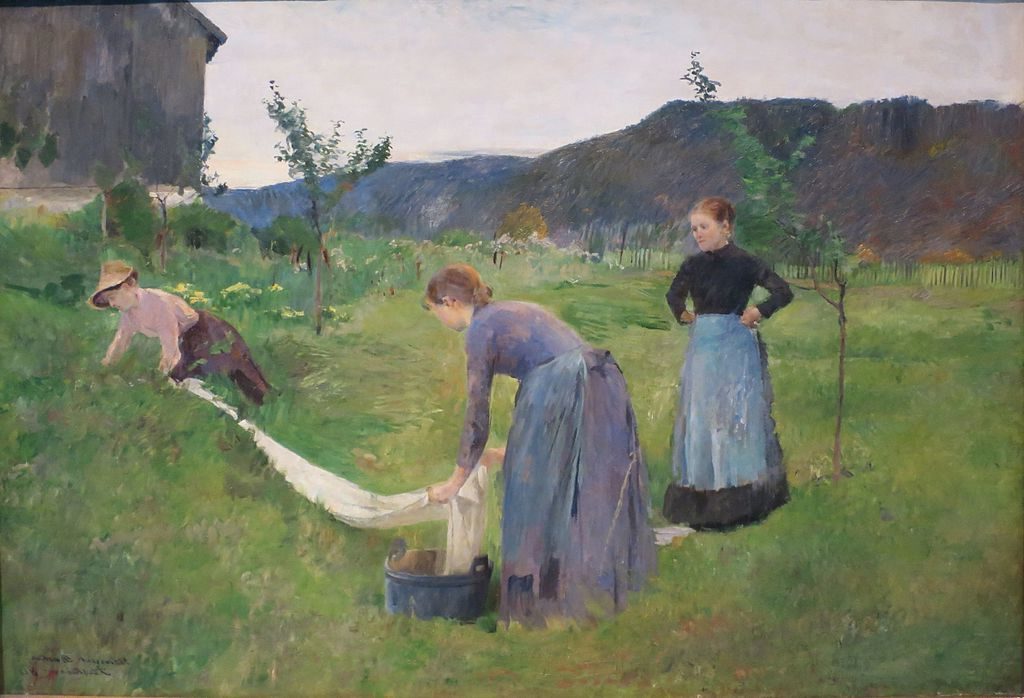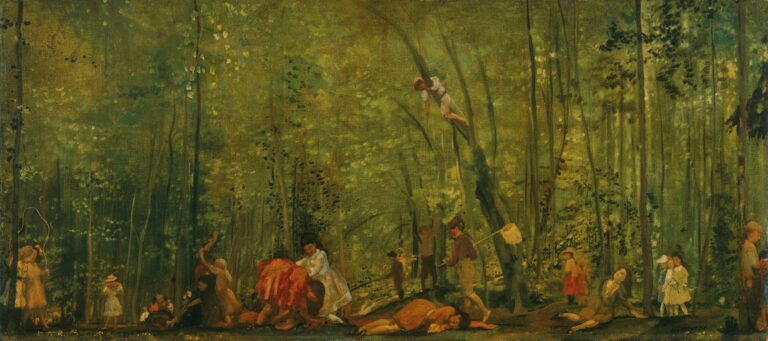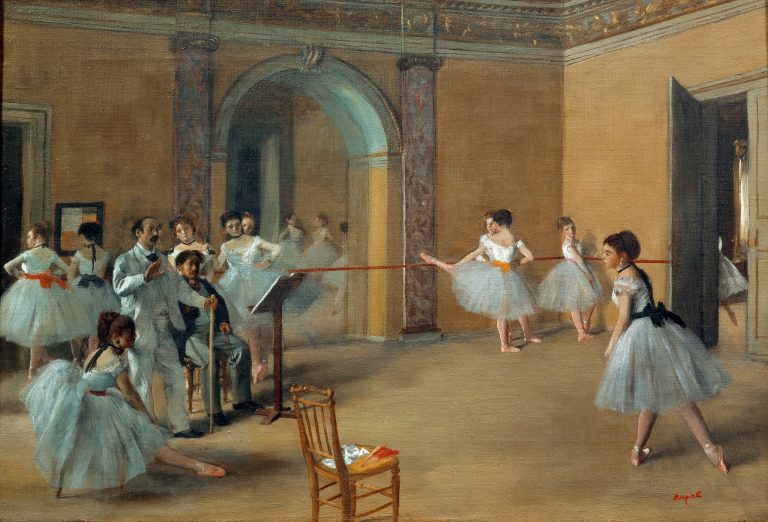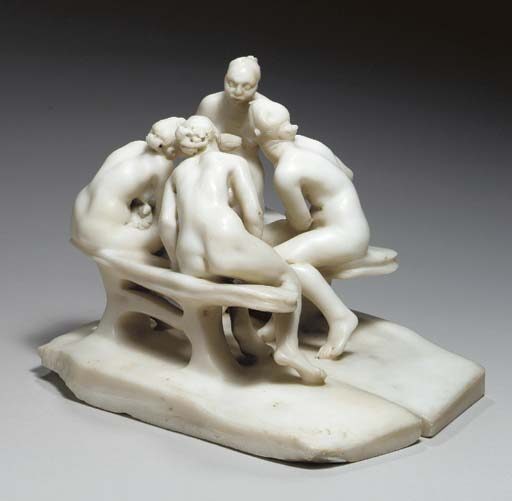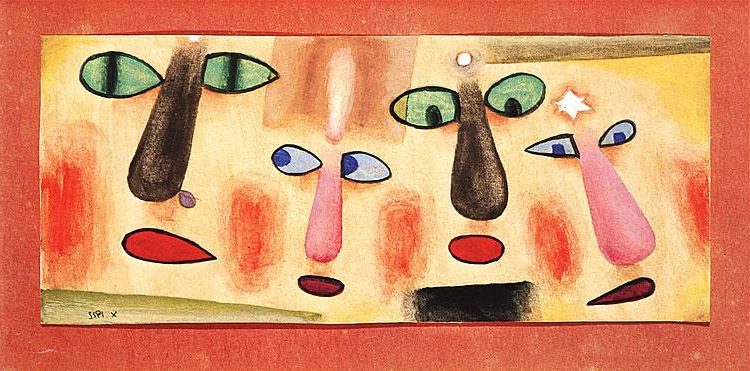Harriet Backer: Painter of Norwegian Interiors and Light
Born: 21 January 1845, Holmestrand, Norway
Death: 25 March 1932, Oslo, Norway
Art Movement: Realism, Impressionism
Nationality: Norwegian
Teachers: Eilif Peterssen, Léon Bonnat, and Jean-Léon Gérôme
Institution: Painting School of Knud Bergslien
Harriet Backer: Painter of Norwegian Interiors and Light
Early Life and Education
Harriet Backer was born on January 21, 1845, in Holmestrand, a small town in Vestfold, Norway. She showed an early interest in art as a child.
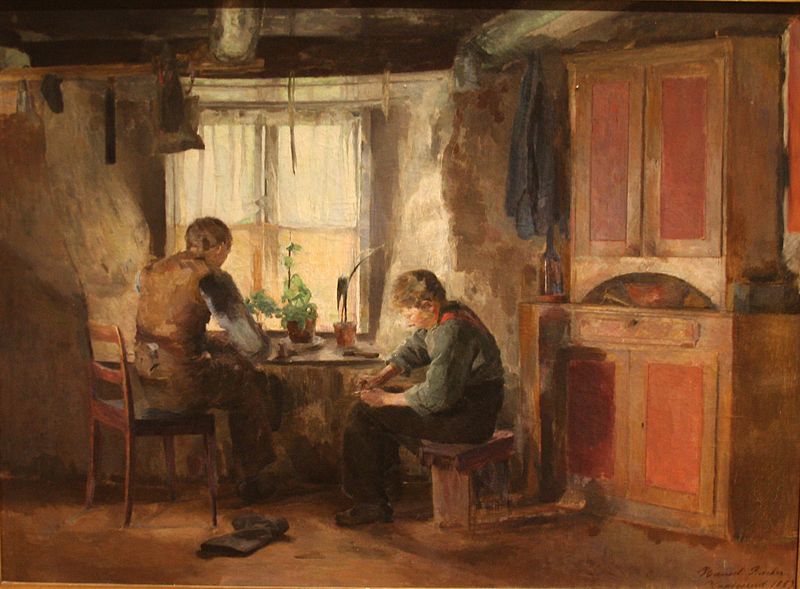
Bygdeskomakere (1887) by Harriet Backer
At age 12, Backer began taking her first drawing and painting lessons. She studied with various instructors, including Joachim Calmeyer and Johan Fredrik Eckersberg.
Backer’s formal art education started later in life. At 29, she decided to pursue art seriously and traveled to Munich for further study.
In Munich, she trained with Alphons Holländer. Backer then moved to Berlin to continue her artistic development.
Paris became an important part of Backer’s education. There, she studied under renowned artists Jean-Léon Gérôme and Léon Bonnat.
Backer’s travels across Europe exposed her to different artistic styles and techniques. This greatly influenced her development as a painter.
Back in Norway, Backer continued her studies in Kristiania (now Oslo). She took private lessons and attended art schools to refine her skills.
Throughout her education, Backer faced challenges as a female artist in a male-dominated field. Despite this, she persevered and became a pioneer in Norwegian art.
Artistic Career
Harriet Backer was a celebrated Norwegian painter known for her detailed interior scenes and mastery of light and color. She developed a unique style that blended realism with early impressionist influences.
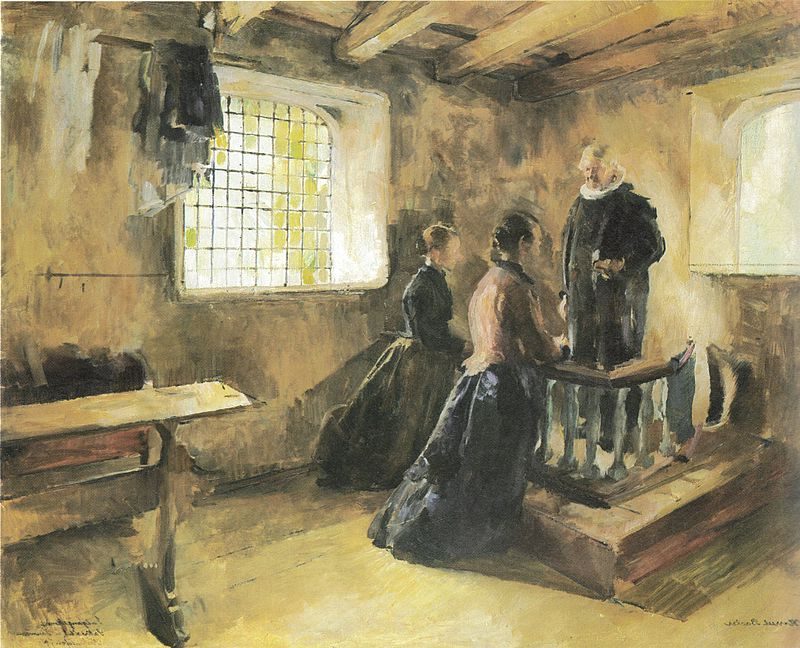
Inngangskoner (1892) by Harriet Backer
Development of Artistic Style
Backer’s artistic journey began in Munich and Paris. She studied under top artists of her time, honing her skills in capturing light and shadow. Her style evolved to focus on interior scenes, a subject she would become famous for.
Backer’s work showed a keen eye for detail and a talent for depicting the play of light in enclosed spaces. She used rich colors to bring warmth and depth to her paintings. Her style mixed realism with touches of early impressionism, creating a unique artistic voice.
Major Works and Themes
Backer’s most famous works include “Blue Interior” and “Chez Moi.” These paintings show her skill in capturing the mood and atmosphere of indoor spaces. She often painted church interiors, highlighting the beauty of Norway’s traditional architecture.
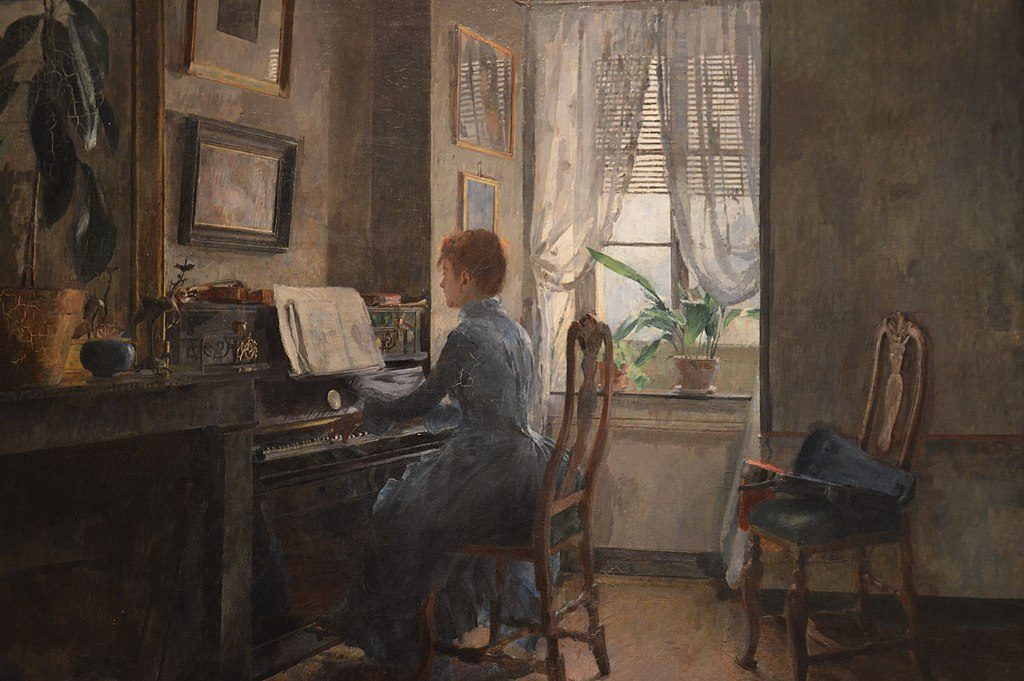
Chez Moi (1887) by Harriet Backer
Local themes were a big part of Backer’s art. She painted scenes from everyday Norwegian life, giving viewers a glimpse into the culture of her time. Her work “Interior From Uvdal Stave Church” is a prime example of how she blended local subjects with her masterful use of light and color.
Contributions to Art Education
From 1890 to 1912, Backer ran her own art school in Christiania (now Oslo). She taught painting and life drawing to many students, including women who would go on to become artists themselves.
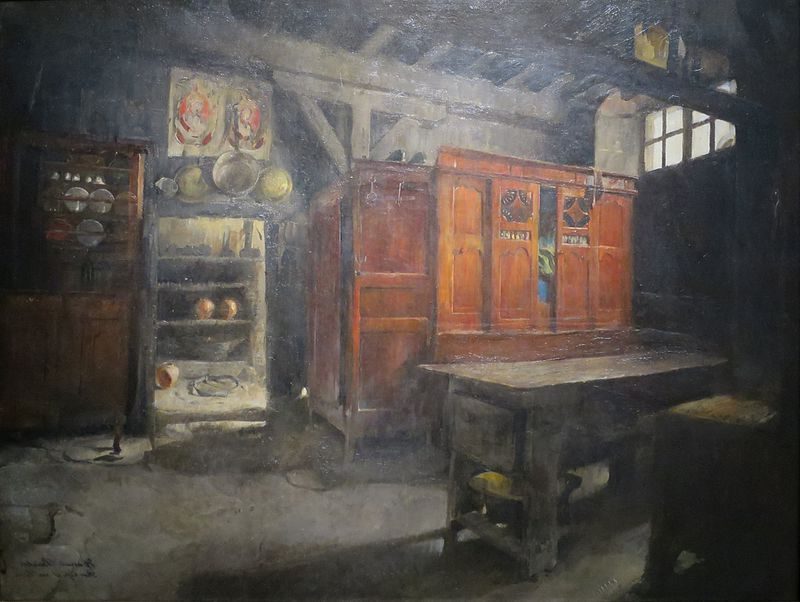
Breton Interior (1882) by Harriet Backer
Backer’s teaching focused on the skills she had mastered: color theory, light and shadow, and composition. She helped shape a new generation of Norwegian artists, passing on her knowledge and techniques.
Her school was important in advancing women’s roles in art. Backer’s success as both an artist and teacher inspired many women to pursue careers in art. She played a key role in making it more accepted for women to be professional artists in Norway.
Recognition and Legacy
Harriet Backer gained recognition as a leading Norwegian painter during her lifetime. She earned acclaim for her detailed interior scenes with rich colors and interplay of light and shadow.

Barnedåp i Tanum kirke (1892) by Harriet Backer
Backer’s work was accepted at prestigious exhibitions. In 1880, her painting “Solitude” was displayed at the Paris Salon, a major achievement for artists.
Her art is now featured in important museums. The National Museum in Oslo houses her painting “Blått interiør” from 1883.
Backer received several honors:
- King’s Medal of Merit
- Order of St. Olav
- Petter Dass Medal
She was a pioneer among female artists in Europe and the Nordic countries. Backer’s influence extended beyond her paintings. She taught art and shaped Norway’s next generation of painters.
A bronze statue of Backer stands as a tribute to her legacy. She is buried at Vår Frelsers Gravlund, a notable cemetery in Oslo.
Backer’s impact on Norwegian art continues to be recognized. Her works are studied and admired for their skill and cultural significance.
Frequently Asked Questions
Harriet Backer made important contributions to Norwegian and European art. Her work focused on interior scenes with rich colors and light.
What is Harriet Backer known for in the world of art?
Harriet Backer is known for her detailed interior paintings. She used rich colors and played with light and shadow. Her work often showed women in different settings.
In which art movements did Harriet Backer play a significant role?
Backer was part of the Realist movement. She also took ideas from Impressionism. Her style mixed these influences to create something unique.
Which museums around the world feature works by Harriet Backer?
Backer’s paintings can be found in many Norwegian museums. The National Museum in Oslo has some of her best-known works. Some of her art is also in other European museums.
During which time period did Harriet Backer actively produce her most notable works?
Backer created her most famous paintings from the 1880s to the early 1900s. She set up her own painting school in Norway in 1892 and ran it until 1910.
Can you name some significant paintings by Harriet Backer that reflect her style and contributions?
“Blue Interior” from 1883 is one of Backer’s most famous works. “Evening Interior” is another key painting. These show her skill with light and indoor scenes.
How did Harriet Backer contribute to the representation of women in the arts during her lifetime?
Backer was a pioneer for female artists in Europe. She focused on painting like her male peers. Her success opened doors for other women in art.

